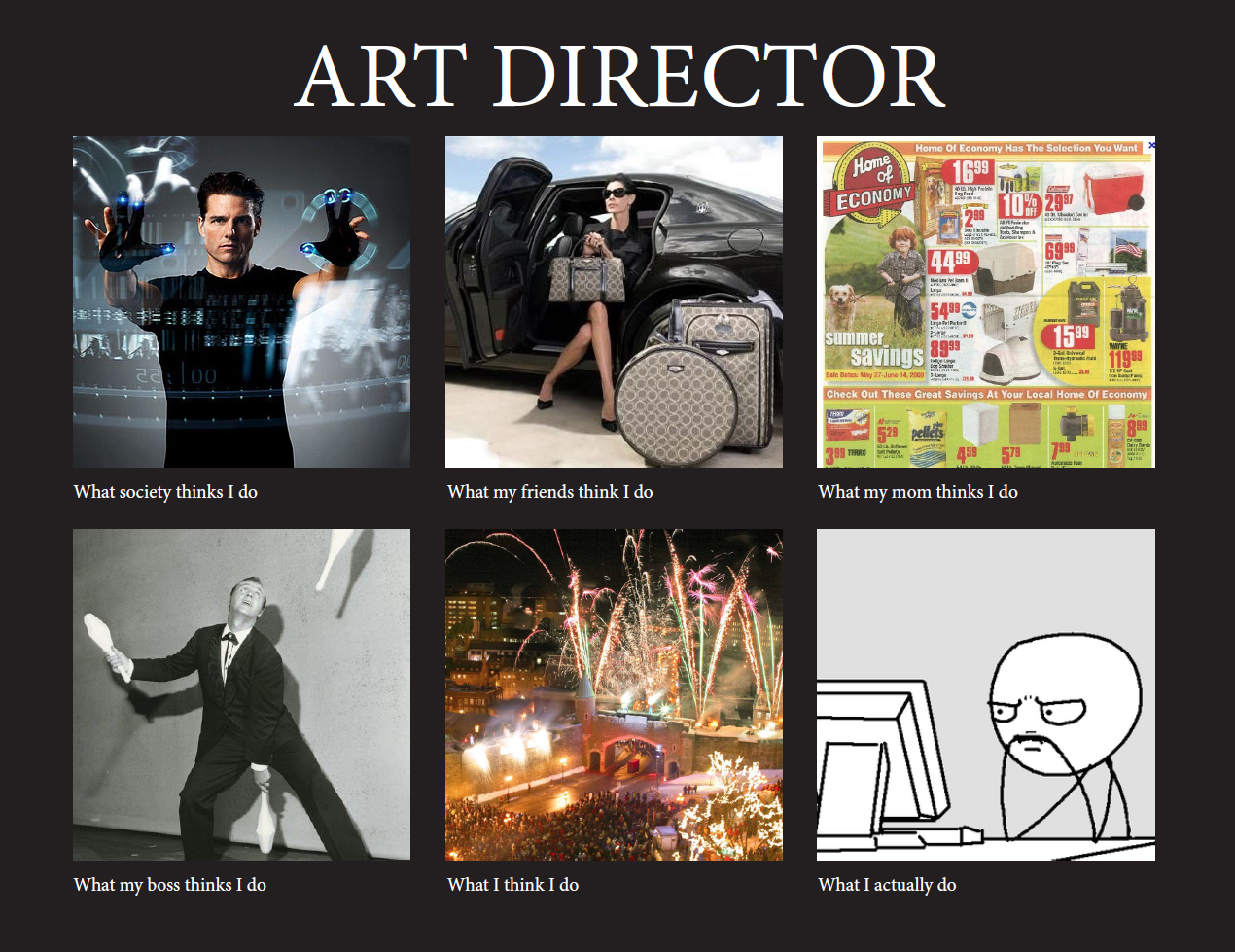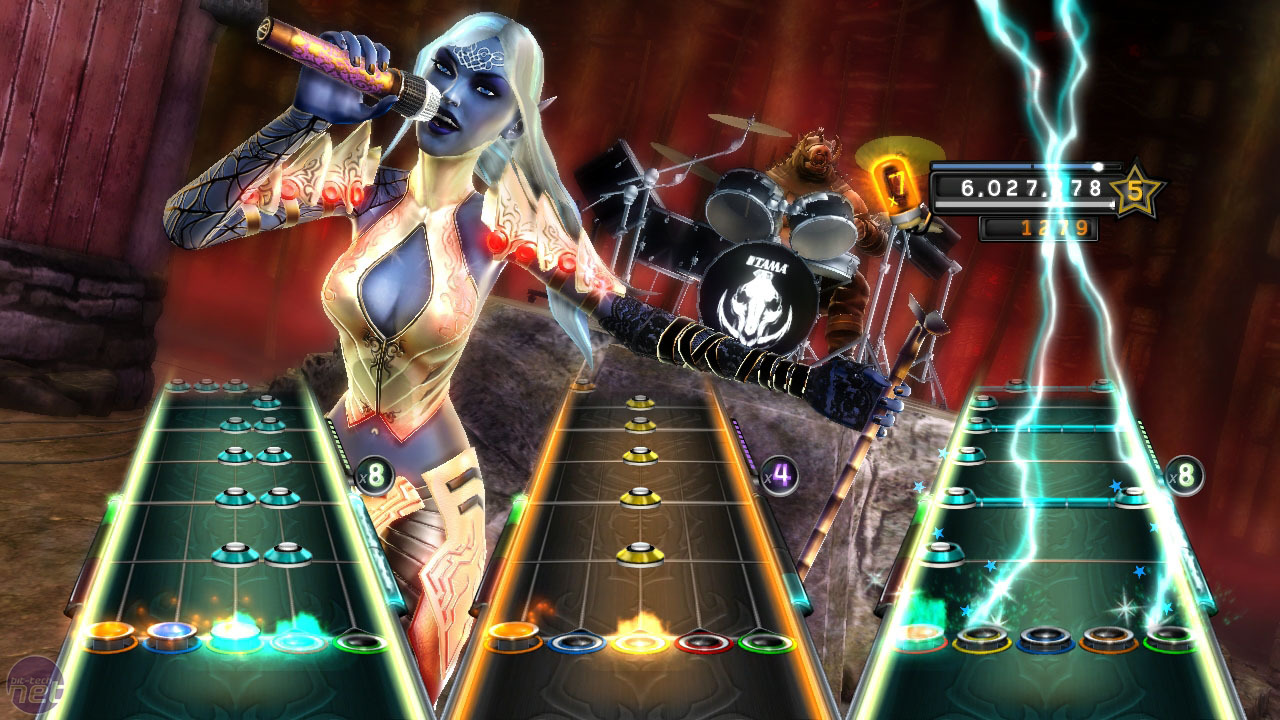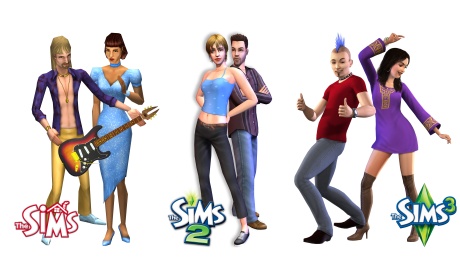Art direction, who
is in charge of this very important part of game design? The Art director of
course. What does he/she do? Well they are in charge of setting the look and
feel of the game aesthetics. They must make sure that the style and feel stays
consistent through all the aspects of the game. The Art director acts as the glue keeping all
the different parts of the team together, maintaining good communication and
solving problems.

The art directors job starts way before the game is even started to come to reality. They must plan the main feel and aesthetics of the game with core developers and a small art team. They create the main concepting and allow time for the main style to be explored and edited.
Their role involves a super human amount of organisation and management. Time
keeping is key, trying to plan the timing of the creating of every asset in the
game takes a lot of good organisation. Making sure that each part gets handed
from the modellers, to the texture artists to the animators and then into game
require perfect communication, all of this is accomplished by the art director.
Providing feedback
is also an essential, the director must be able to look at aspects of the game
give their feedback but also keep moral up. Pointing out what’s good as well as
suggesting a way to improve is a key skill, usually easier said than done. Getting
a healthy balance between productiveness, respect and constructive criticism is
key.
It goes without saying that the art director must be an artist their self (they wouldn't be there without that) as well as having good management skills. They must have a good understanding of how colour, shape, form etc. affect the look and feel in a game. They, after all, set the initial style of the art in the game.

One would presume
that the role of art director was relatively similar between different creative
industries. For example in the film industry the art director would bring all
the departments together, keep the style the same across all boards, etc. in
the same way as they would in the games industry.
Based on an art directors duties, if one wanted to become an art director they
would need to focus on their management skills. Management and time keeping are
very important but I think the core skill should still be based on their creativeness.
It makes sense as the art director sets the main style, feel and aesthetics of
the game so they must have a good understanding of design. This also helps when
they must review work by others in the team, you must have an understanding of
something to give valuable and constructive feedback.







